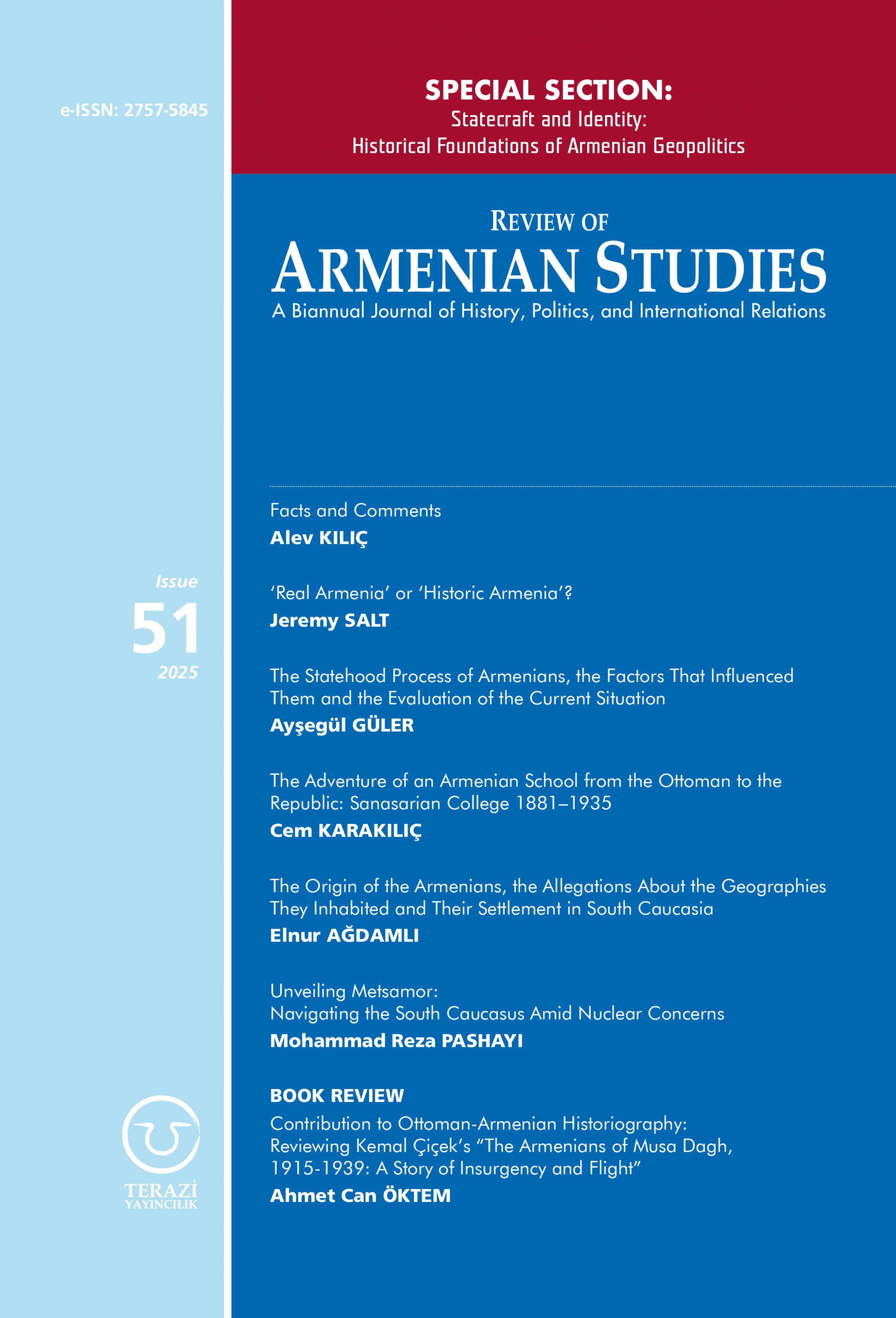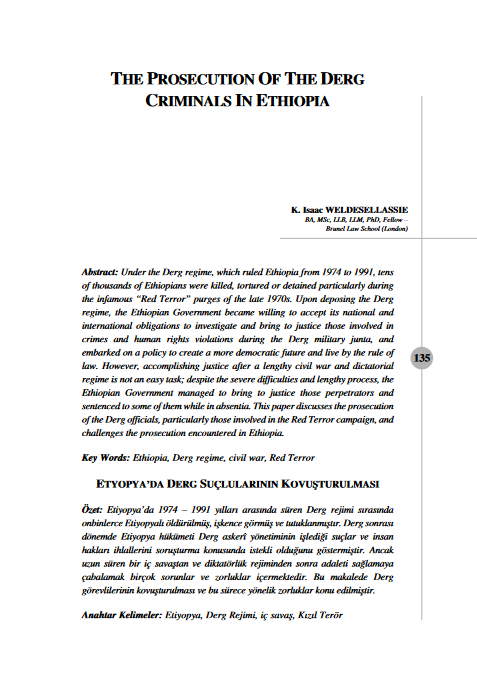EU Observer (28 March 2018)
The European Commission launched on Wednesday (28 March) a plan to improve military mobility between member states, as part of a wider effort to step up its defence capacities.
"We must be able to quickly deploy troops," EU transport commissioner Violeta Bulc said at a press conference, adding that the plan was "one of very practical steps towards a fully-fledged defence union by 2025."
"I really hope this will never happen," she said about the need to move troops across Europe in response to a threat.
"But I don't want to be surprised," she added. "We try to ensure that in case things need to be activated, we can do it."
Under the plan, the commission, the member states and the European Defence Agency will define the military requirements, including the definition of infrastructure needed, and identify how they fit with current regulations.
The aim is to be able, by the end of next year, to draw up a list of "dual-use" projects to improve infrastructure that could used both for civilian and military transport.
A pilot analysis conducted last year showed that standards for road bridges or railroads were different between member states. Some bridges, for example, could not support oversized or over-weighted military vehicles, and some rails had an insufficient loading capacity.
The effort to update infrastructures for military will be part of an ongoing plan to create nine east-west and north-south 'core network corridors' to be completed by 2030.
Bulc noted that while €500bn was needed to complete the corridors, additional costs to adapt them to the military requirements will depend on the needs still to be identified.
"At this point, we're not aware of the amount of money we are talking about," she said. "We have all member states on board. How far and how deep this will go, member states will decide."
In addition to developing infrastructure, the commission also plans to simplify administrative procedures such as customs and VAT declarations, or authorisation for the transportation of dangerous goods. "We are looking at harmonising fragmented national rules," Bulc said, noting that the current situation "creates an opportunity cost of at least €30bn."
The plan "very clearly states what needs to be done," Daniel Fiott, an analyst at the EU Institute for Securities Studies, told EUobserver.
The pressure to move forward has increased since the election of Donald Trump as US president and his calls for Europeans to upgrade their defence capacities.
EU plan, not Nato
Bulc stressed however that the mobility plan was "part of the EU defence strategy, not Nato."
"It has been a US request for many years, but it has been recognised by Europeans as a real problem," Fiott pointed out.
Since Brexit, and as part of the global effort to relaunch the European project, the EU has established a Permanent Structured Cooperation (PESCO), with 17 projects involving 25 countries.
Among the 17 projects, "mobility is the one with the most countries involved," Fiott noted.
Referring to the strategic challenge posed by Russia, he said that the rationale for the effort was "quite clear".
And he said eastern EU countries may "have a higher need" for such infrastructure investment.
"Maps show that there is a high intensity of transport linkages in eastern Europe, but the question is how modernised they are," he said.
But as troops would be moving all across Europe, he said, the problem "needs to be tackled by all member states."
No comments yet.
- IRAQ APPROVES PLAN TO INCREASE OIL-OUTPUT CAPACITY Iraq 02.04.2018
-
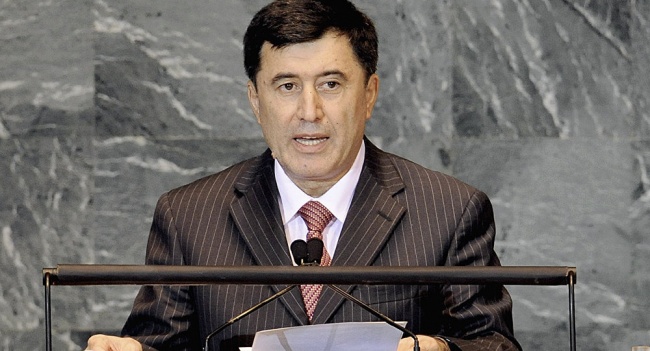 VLADIMIR NOROV: “ENTIRE REGION IS INTERESTED IN STABILITY OF AFGHANISTAN”
Asia - Pacific
02.04.2018
VLADIMIR NOROV: “ENTIRE REGION IS INTERESTED IN STABILITY OF AFGHANISTAN”
Asia - Pacific
02.04.2018
- BERLIN PROTESTERS DEMAND RELEASE OF CATALAN EX-LEADER CARLES PUIGDEMONT Europe - EU 02.04.2018
- MACRON EYES AI AT EUROPEAN LEVEL Europe - EU 02.04.2018
- GOVERNOR OF KEMEROVO REGION RESIGNS Asia - Pacific 02.04.2018
-
25.01.2016
THE ARMENIAN QUESTION - BASIC KNOWLEDGE AND DOCUMENTATION -
12.06.2024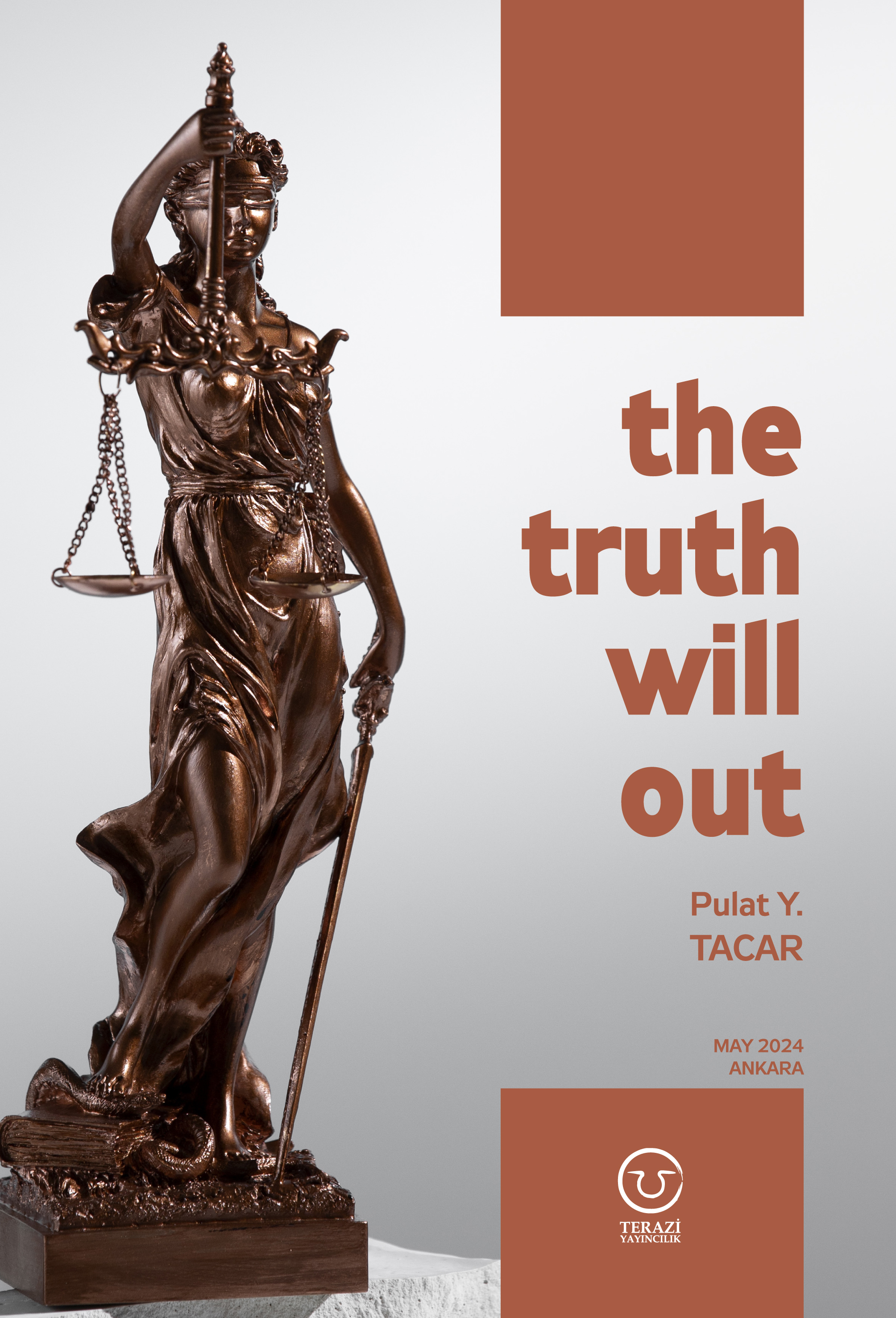
THE TRUTH WILL OUT -
27.03.2023
RADİKAL ERMENİ UNSURLARCA GERÇEKLEŞTİRİLEN MEZALİMLER VE VANDALİZM -
17.03.2023
PATRIOTISM PERVERTED -
23.02.2023
MEN ARE LIKE THAT -
03.02.2023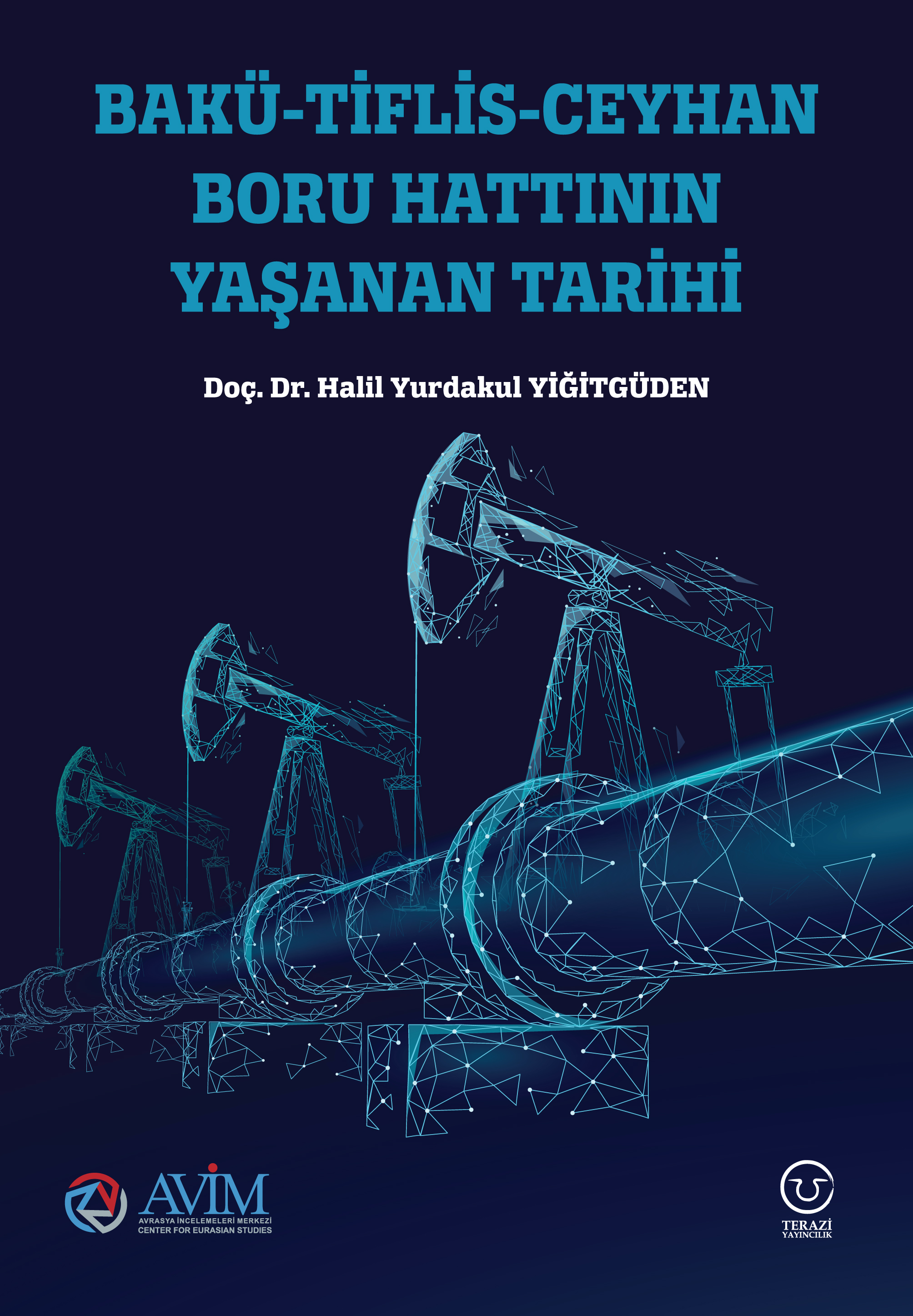
BAKÜ-TİFLİS-CEYHAN BORU HATTININ YAŞANAN TARİHİ -
16.12.2022
INTERNATIONAL SCHOLARS ON THE EVENTS OF 1915 -
07.12.2022
FAKE PHOTOS AND THE ARMENIAN PROPAGANDA -
07.12.2022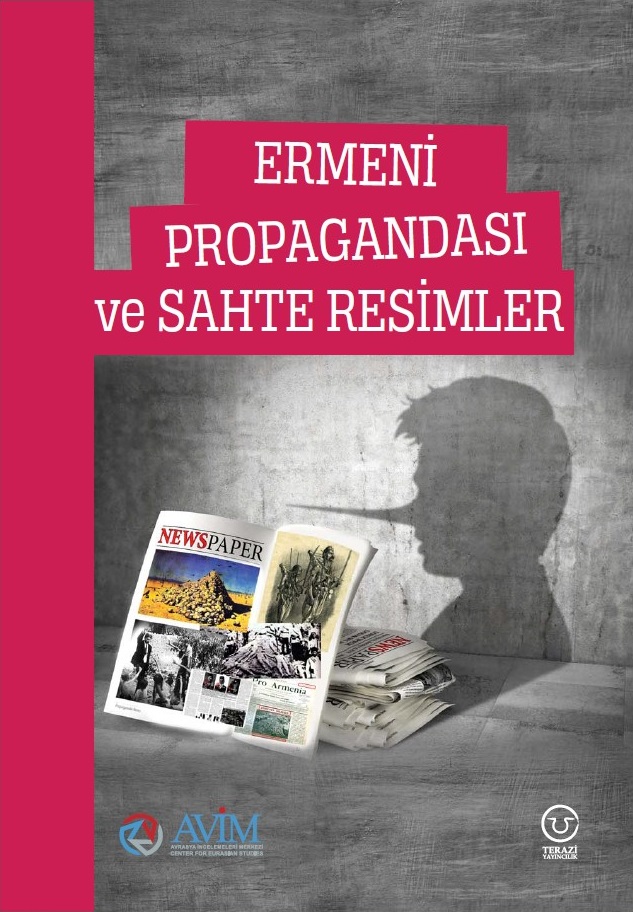
ERMENİ PROPAGANDASI VE SAHTE RESİMLER -
01.01.2022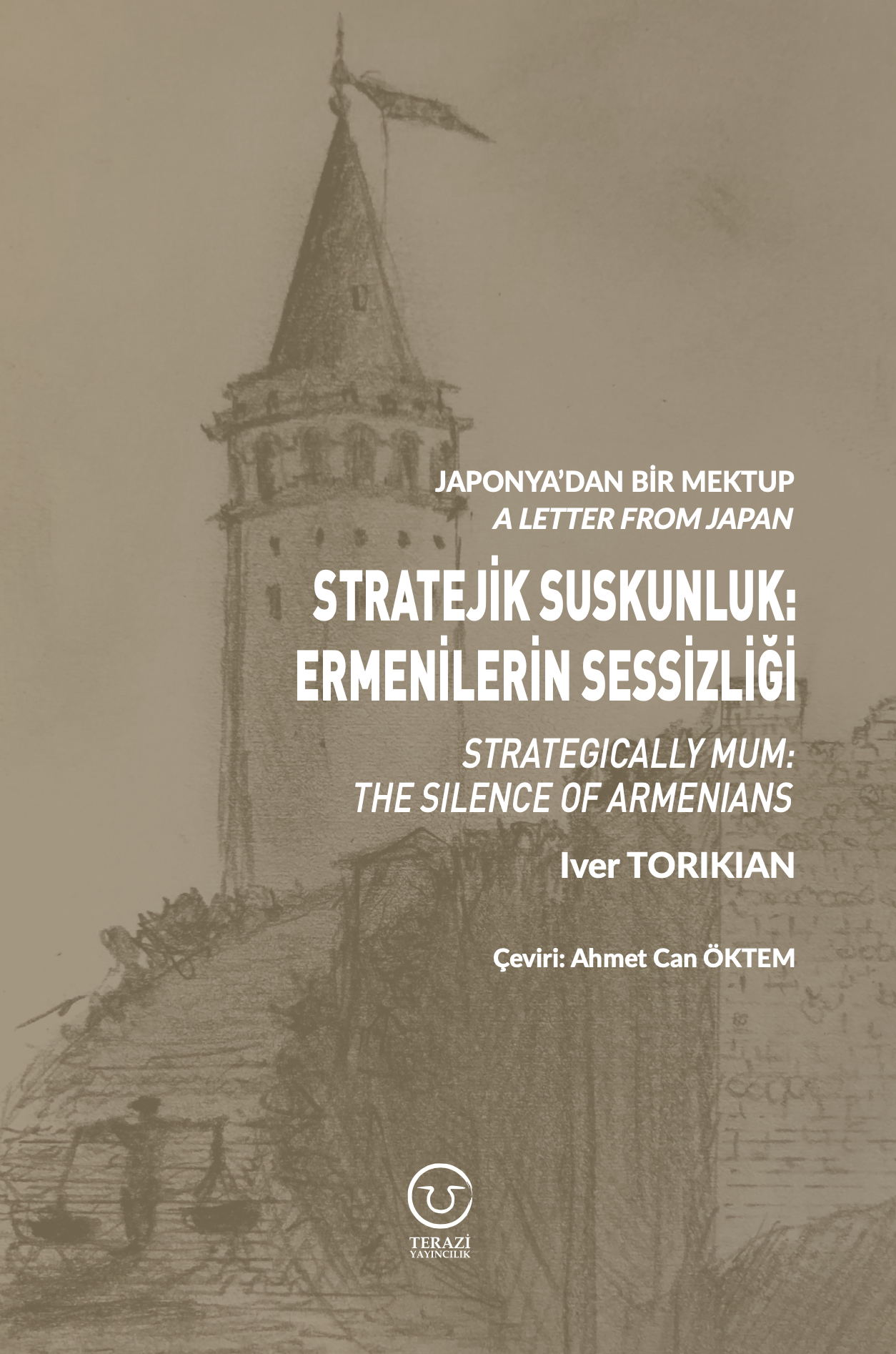
A Letter From Japan - Strategically Mum: The Silence of the Armenians -
01.01.2022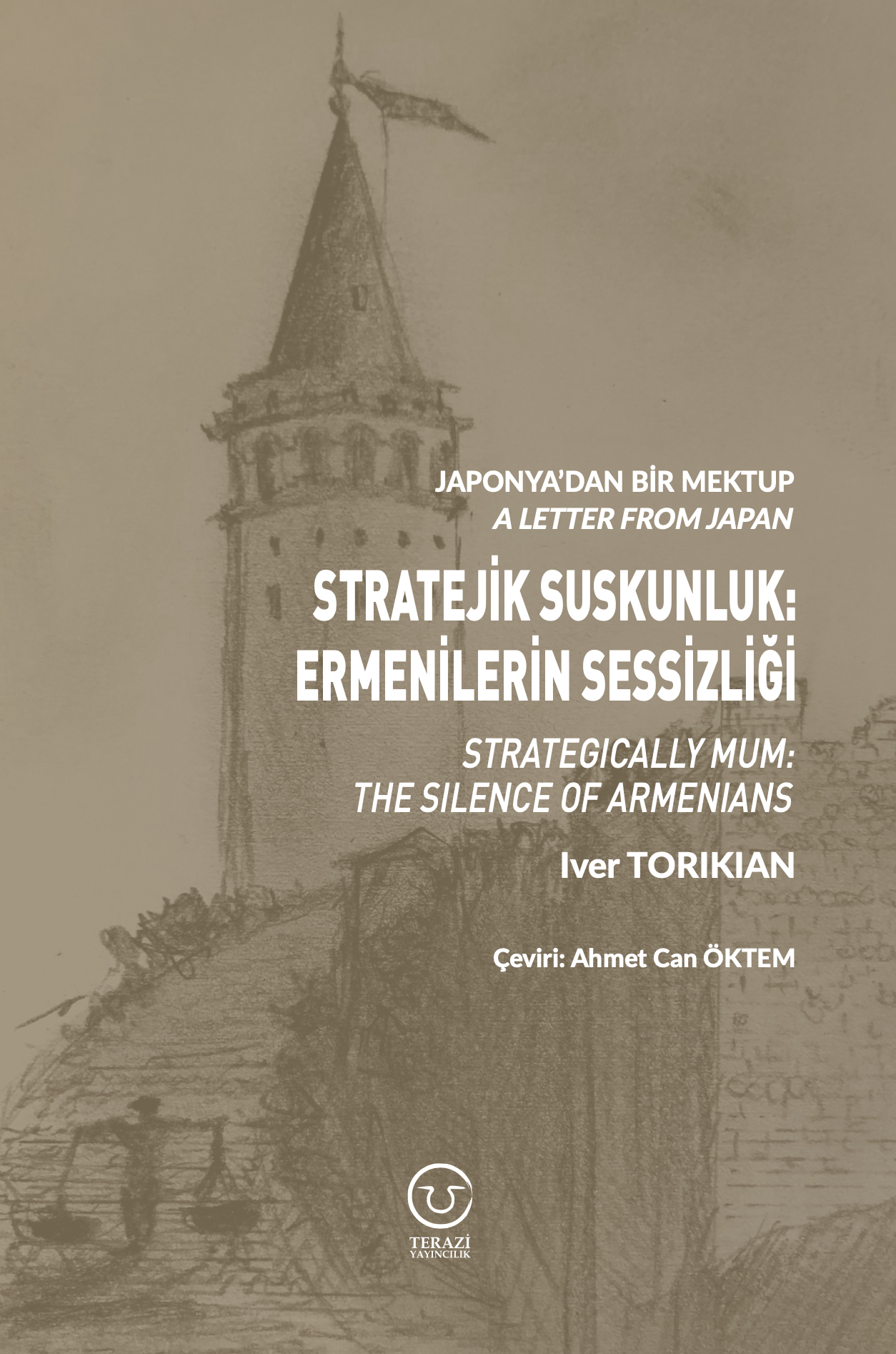
Japonya'dan Bir Mektup - Stratejik Suskunluk: Ermenilerin Sessizliği -
03.06.2020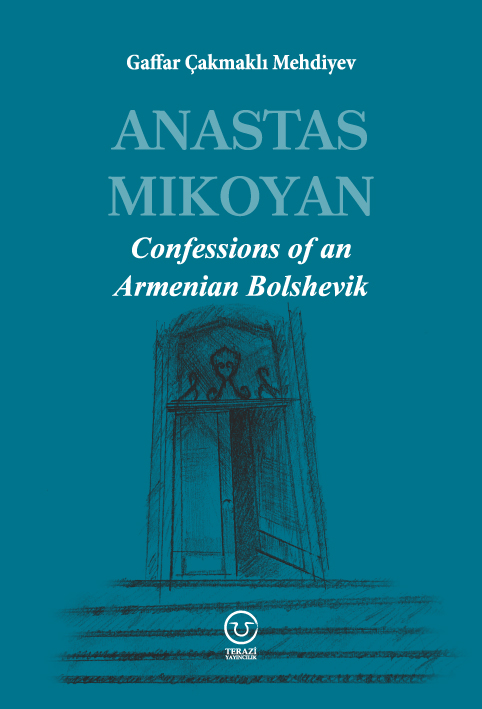
Anastas Mikoyan: Confessions of an Armenian Bolshevik -
08.04.2020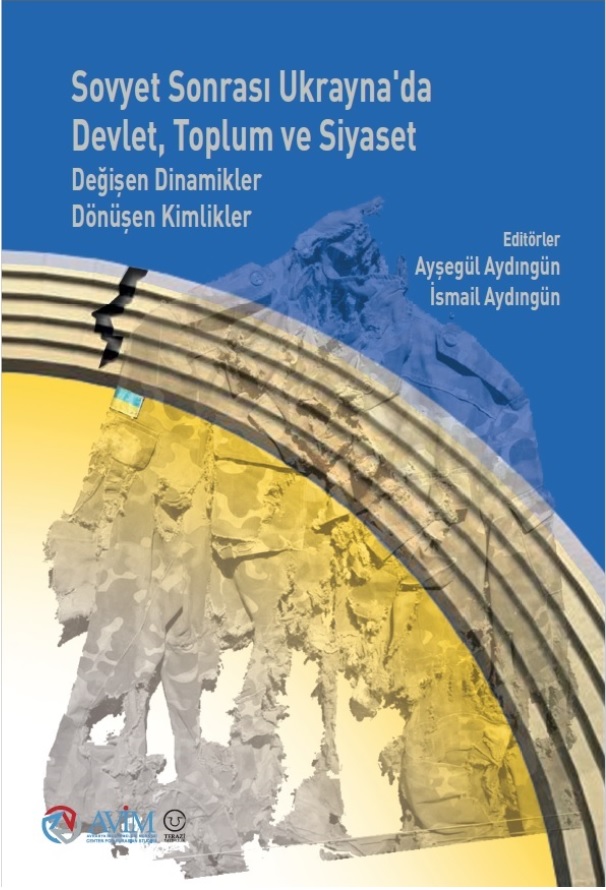
Sovyet Sonrası Ukrayna’da Devlet, Toplum ve Siyaset - Değişen Dinamikler, Dönüşen Kimlikler -
12.06.2018
Ermeni Sorunuyla İlgili İngiliz Belgeleri (1912-1923) - British Documents on Armenian Question (1912-1923) -
02.12.2016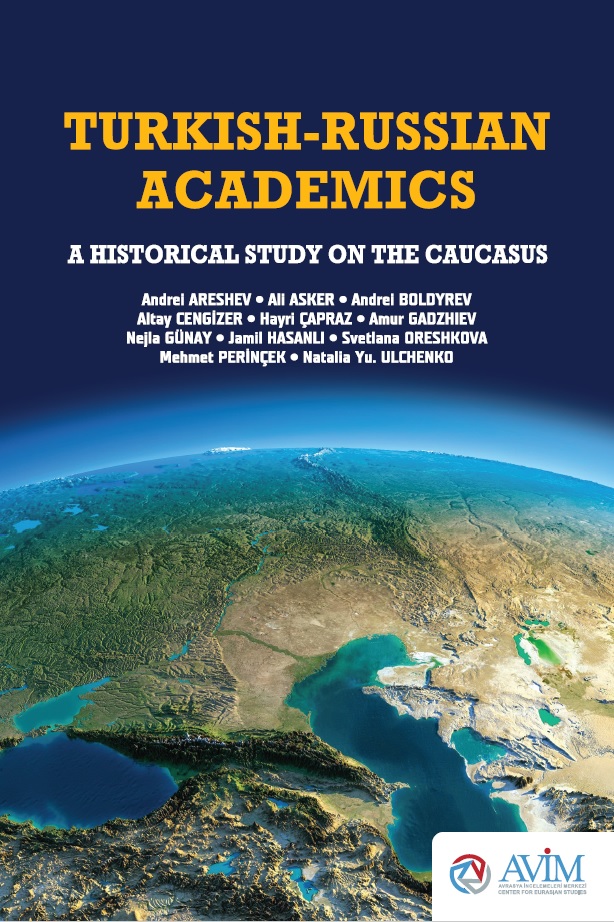
Turkish-Russian Academics: A Historical Study on the Caucasus -
01.07.2016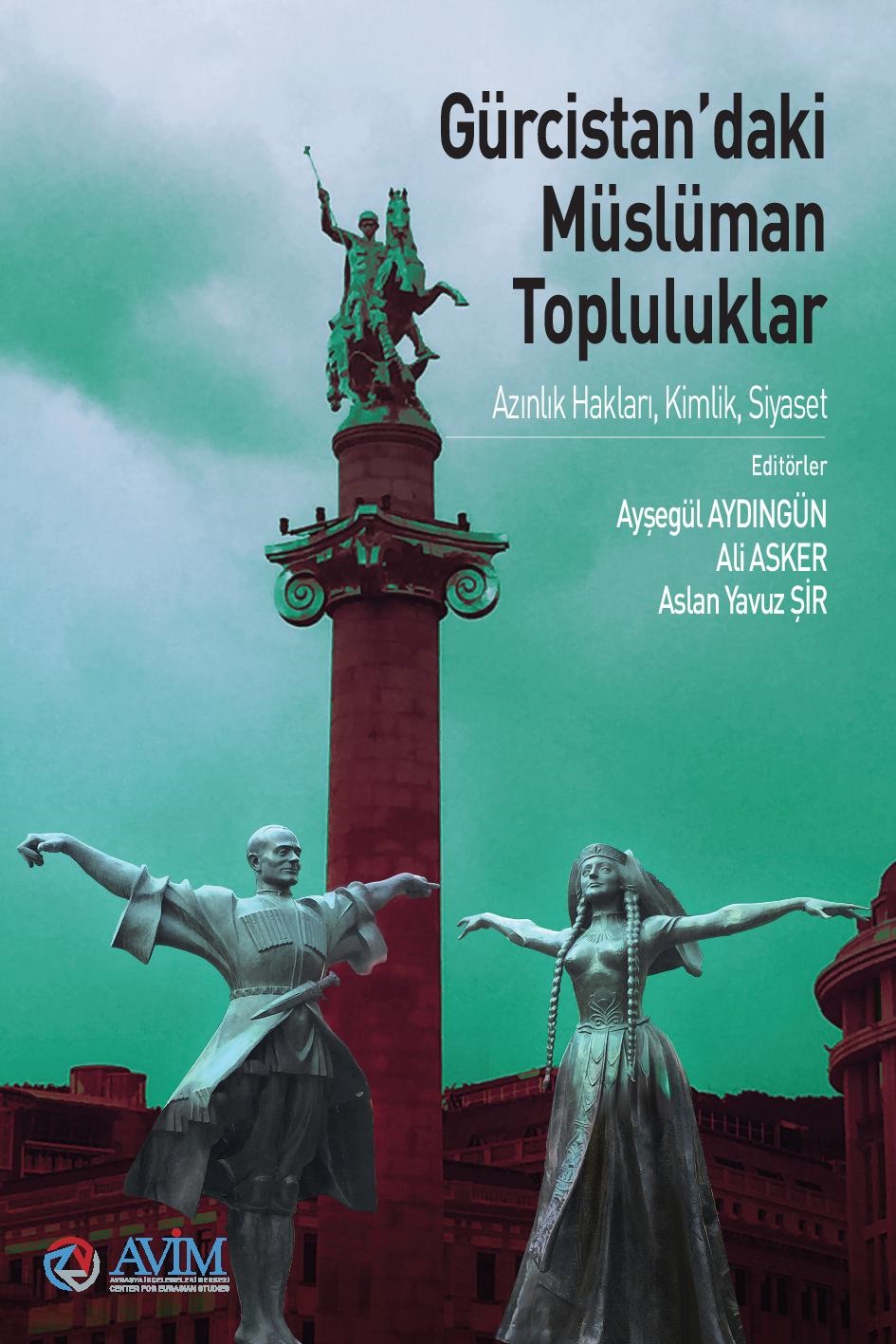
Gürcistan'daki Müslüman Topluluklar: Azınlık Hakları, Kimlik, Siyaset -
10.03.2016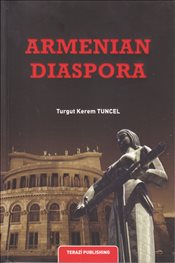
Armenian Diaspora: Diaspora, State and the Imagination of the Republic of Armenia -
24.01.2016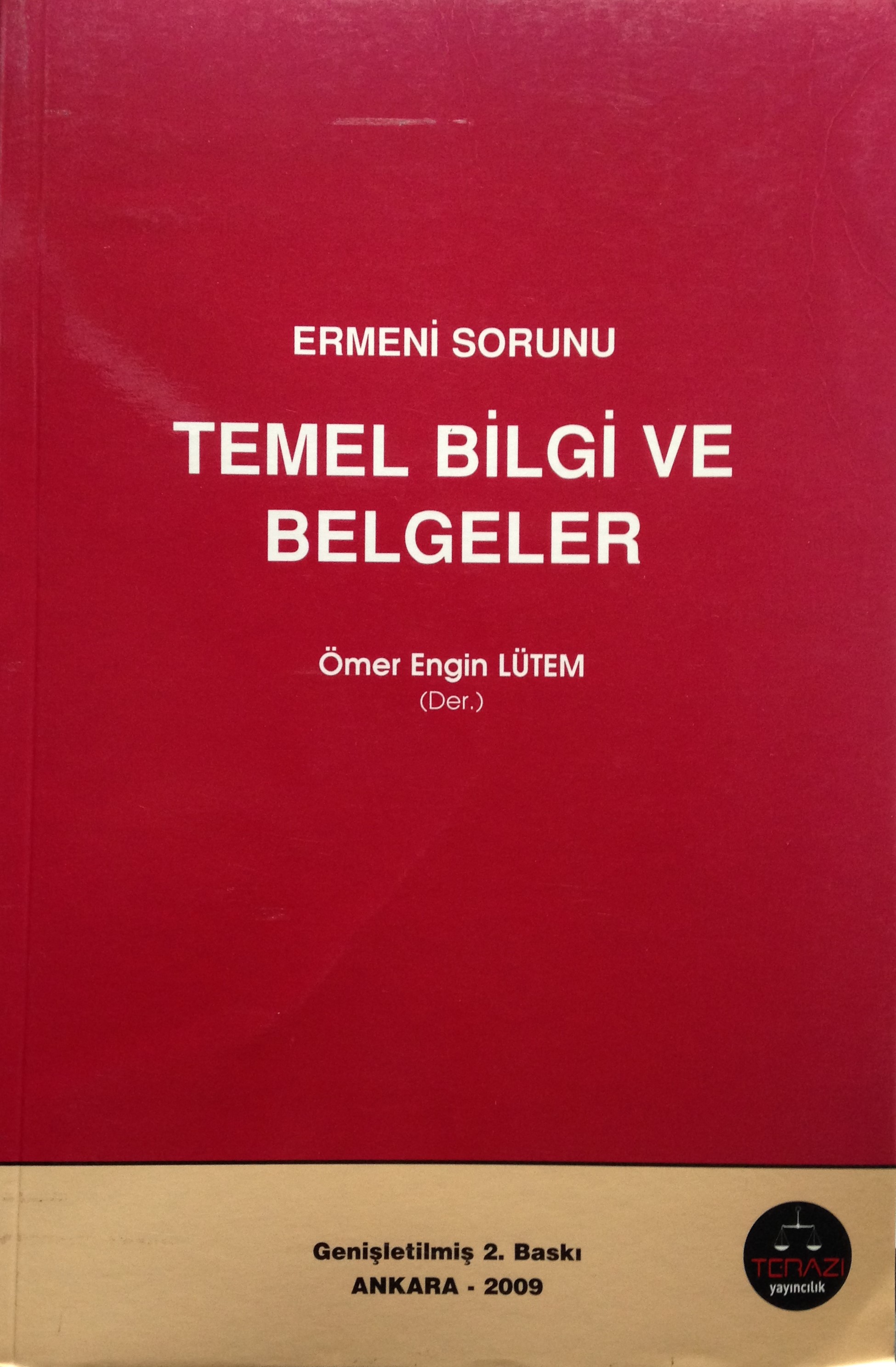
ERMENİ SORUNU - TEMEL BİLGİ VE BELGELER (2. BASKI)
-
AVİM Conference Hall 24.01.2023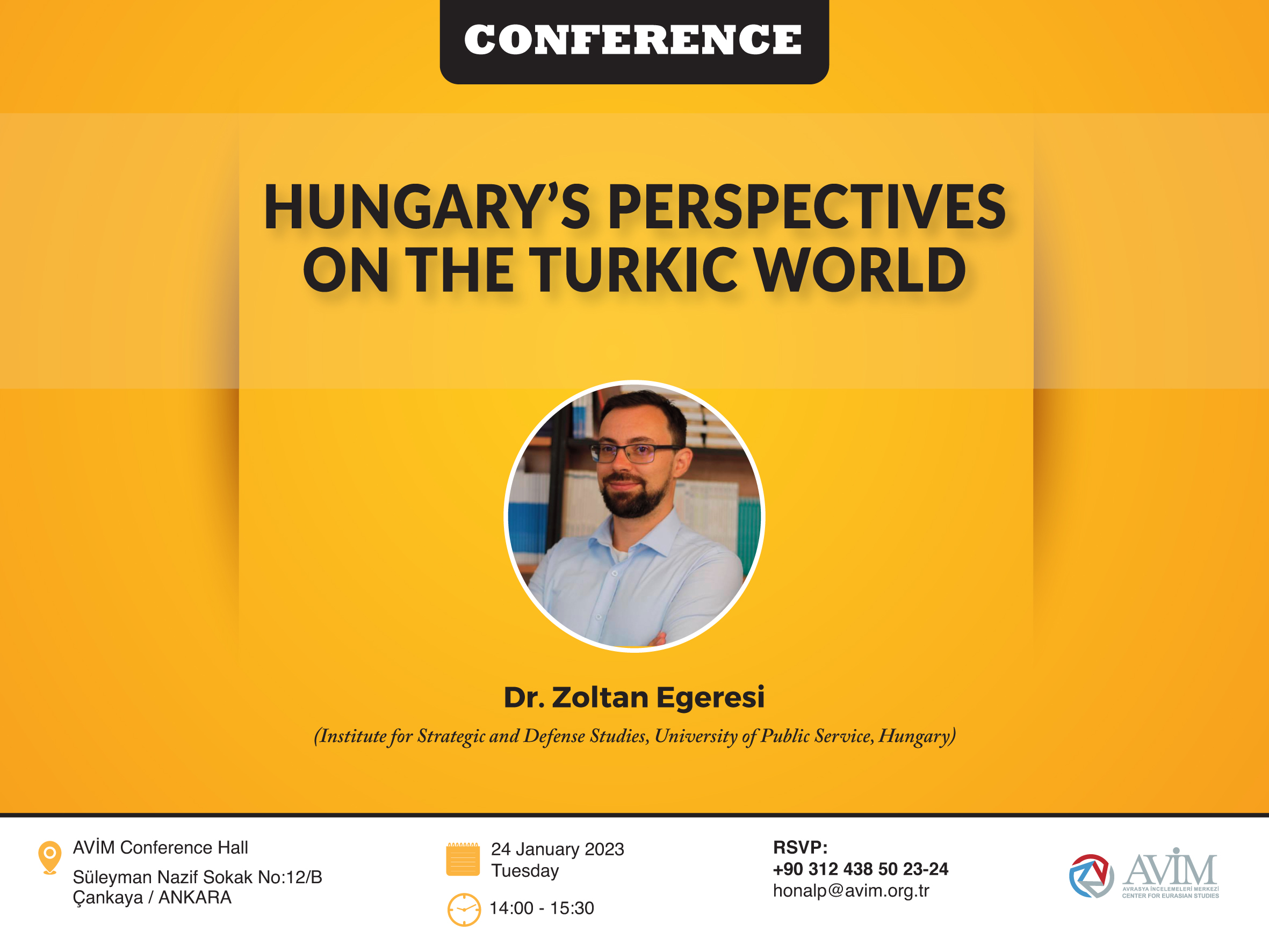
CONFERENCE TITLED “HUNGARY’S PERSPECTIVES ON THE TURKIC WORLD"


